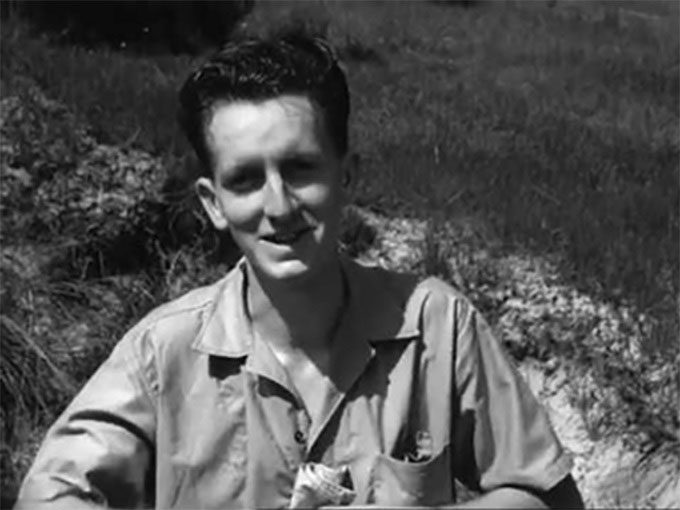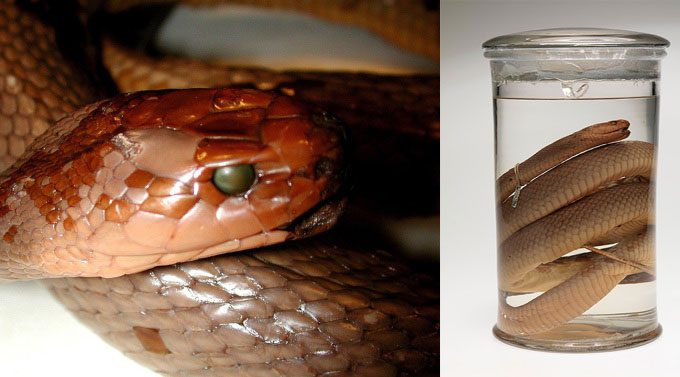In 1950, amateur herpetologist and snake hunter Kevin Budden attempted to catch snakes for the development of antivenom but tragically lost his life in the process.

Amateur herpetologist and snake hunter Kevin Budden. (Photo: Fact Republic)
At the age of 20, Kevin Budden (1930 – 1950) was already an experienced snake hunter. Local newspapers reported on his passion for catching venomous snakes after he captured 59 snakes in one year, enduring five bites that required medical attention. However, during an expedition to catch taipans—a group of fast-moving snakes with potent and lethal venom—Budden was bitten and could not survive, as reported by IFL Science on July 5.
In 1950, Budden and two colleagues traveled to Queensland with the goal of capturing taipans—at that time, there was no antivenom available. While in the brush, he managed to grab a snake measuring 1.8 meters long. However, as he was placing the snake into a bag, it escaped and bit his thumb.
Remaining calm, Budden used his other hand to grab the snake and put it into the bag. He then carried the bag to a nearby road to hitch a ride. Budden was in urgent need of medical treatment and was taken to a hospital by doctors, but he insisted that the truck driver deliver the snake—the only live specimen of a taipan captured up to that point—to researchers for antivenom development. The specimen was later sent to Melbourne and played a crucial role in developing antivenom in 1955.

Specimen caught by Kevin Budden in 1950, now preserved at the Victoria Museum, Australia. (Photo: Victoria Museum)
When Budden arrived at the hospital, doctors described him as full of courage and excitement, showing more concern for the health and condition of the snake than for his own. Budden believed that the snake bite victim died from fear rather than the venom. He refused to amputate his injured thumb, thinking it was not worth it.
Budden was administered antivenom for the tiger snake, which helped address his blood clotting issue but could not counteract the effects of the venom on his nervous system. He began to vomit yellow fluid, experienced headaches, and his muscles weakened gradually. By nightfall, he could not move his tongue or swallow, his mouth was agape, and the floor of his mouth sagged under the force of gravity.
Initially, doctors thought Budden might recover, but he passed away the next day after a night of assisted breathing. Since the antivenom was developed thanks to Budden’s efforts, there have been no recorded fatalities from taipan bites worldwide.
Budden could not overcome the venom. “Unfortunately, the 20-year-old boy who caught the taipan entirely for research purposes was bitten by that very snake,” shared Bryan Fry, a venom researcher at the University of Queensland. He has examined venom samples for nearly 80 years and noted that they remain extremely potent.


















































